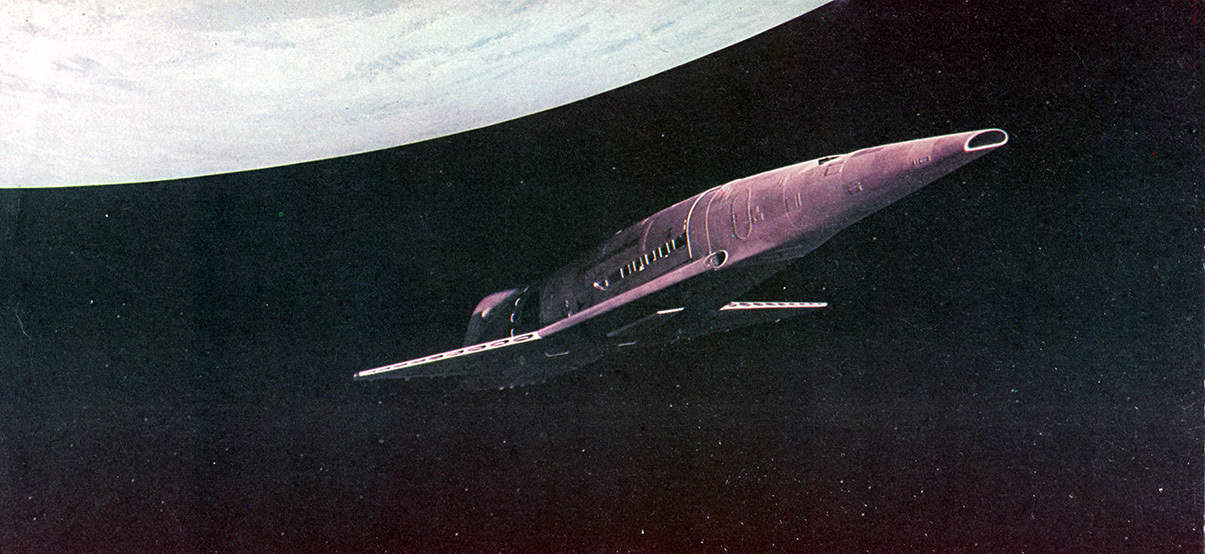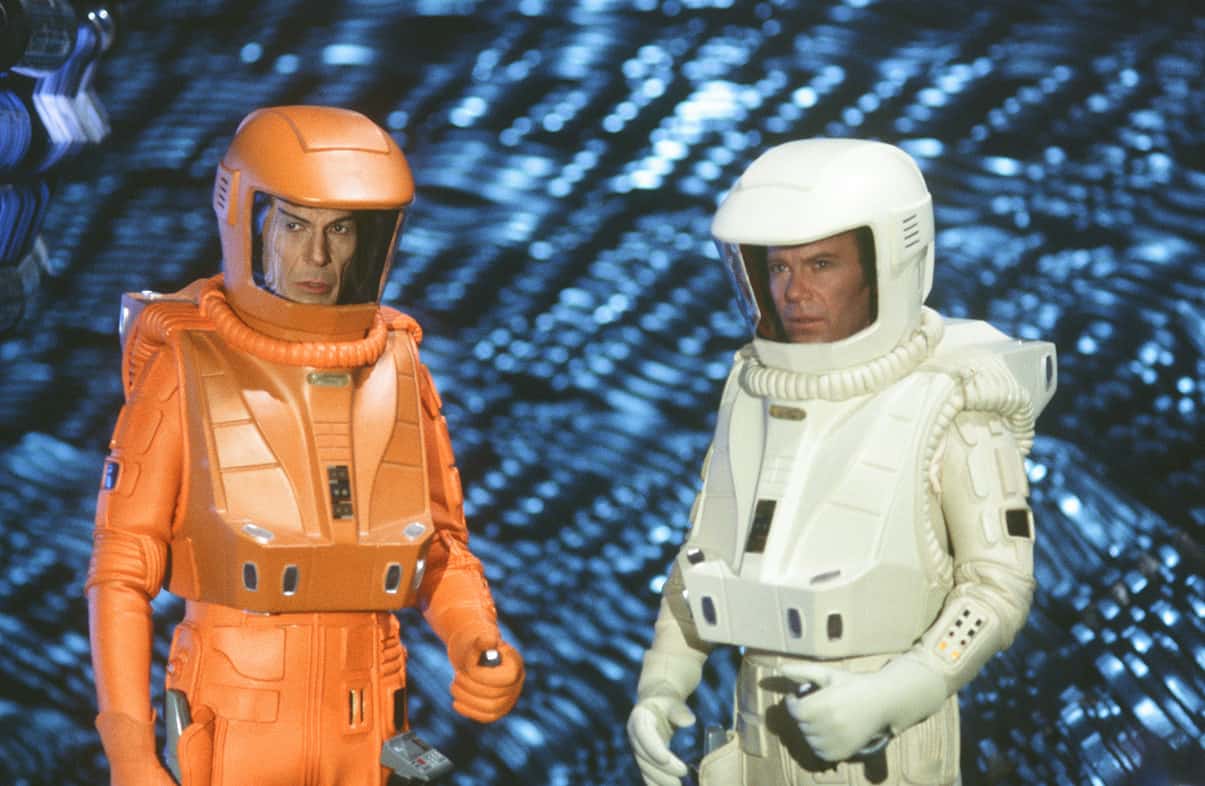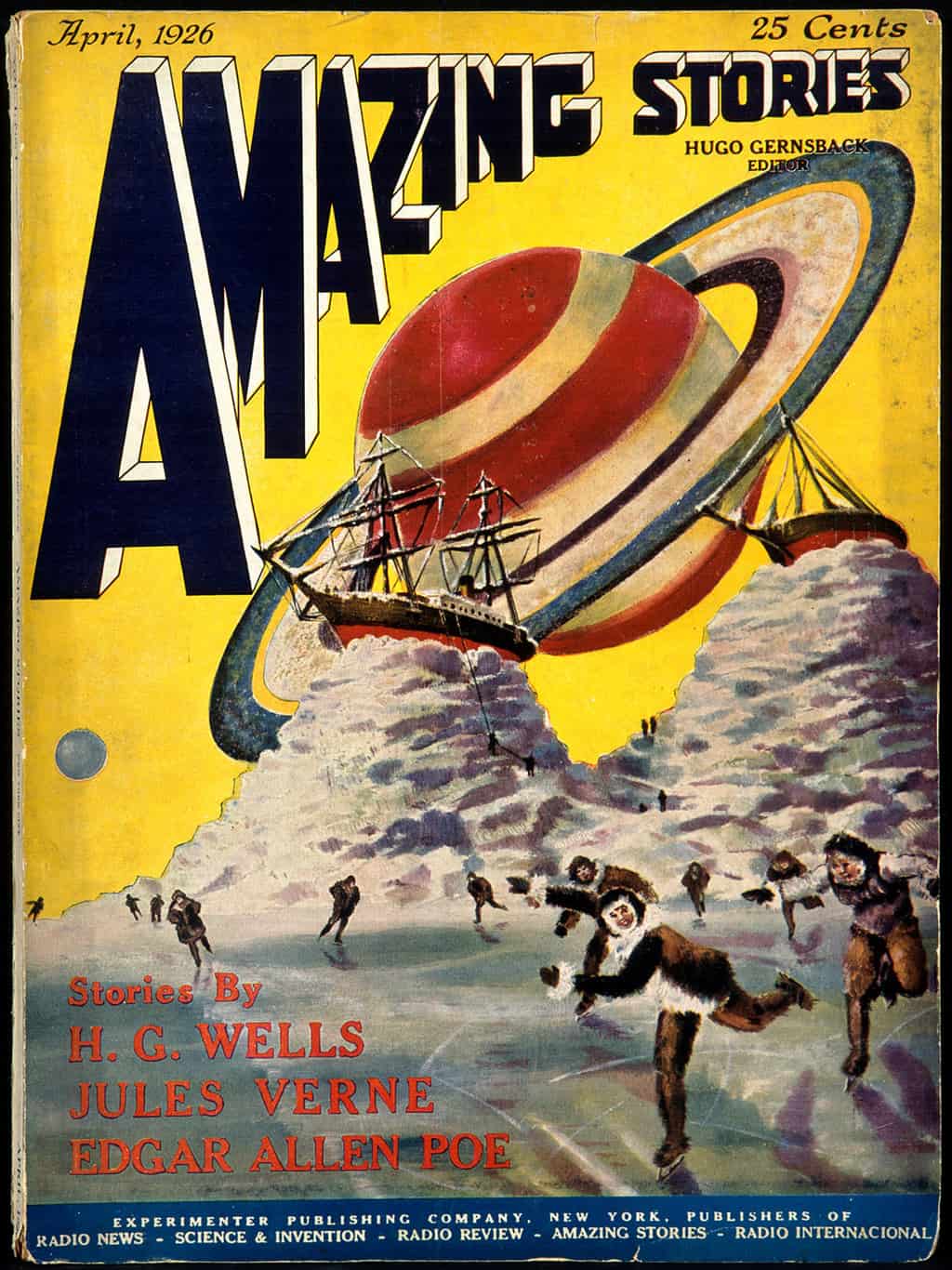Post-apocalyptic societies, space wars, robots and environmental catastrophes; the future according to science fiction is nothing if not broad (and, it goes without saying, completely terrifying).
Therein lay the problem for Swiss historian and writer Patrick Gyger, charged with developing an exhibition on the genre for the Barbican that was to serve as the foundation for much of its summer programming.
How to make peaceful neighbours of Godzilla and Guardians of the Galaxy? Of George Orwell and Philip K. Dick. How to cover 300-or-so years of material that took the genre from fringe culture to mainstream blockbuster?
The answer Gyger came up with is an ‘all-in’ approach characterised as more ‘festival’ than exhibition; a centre-wide explosion of installations, films, music and events that forces visitors to dive, head-first, Into The Unknown.

The exhibition features more than 200 books from around the world, including original manuscripts and typescripts, contemporary art commissions and existing art works, more than 60 film and TV clips, as well as rare footage, pulp magazines, adverts, concept art, film props, comics, video games and robots.
Installations are broken into four chapters: starting with an exploration of man’s fascination with the undiscovered in ‘Extraordinary Voyages’, which holds original manuscripts and drawings from the ‘Father of Science Fiction’ Jules Verne, dino-props from Godzilla and Jurassic Park, and literary references from the likes of Francis Bacon’s New Atlantis and Daniel Defoe’s Robinson Crusoe.

A study of other worldly narratives in ‘Space Odysseys’ yields original spacesuits from Alien, Moon, Sunshine and Star Trek, alongside original Darth Vader and Stormtrooper helmets, plus an interactive sequence from the NASA Mission Control set of Ridley Scott’s The Martian.
‘Brave New Worlds’ explores spaces and societies that mankind has created for itself through the genre’s most enduring texts, such as Nineteen Eighty-Four, The Handmaid’s Tale and A Clockwork Orange and, somewhat eerie Soviet-era postcards that depict modernist utopian cities of the future.

As to the final chapter, Into The Unknown treads well-worn territory for the genre in asking us to question our own existence.
‘Final Frontiers’ looks at identity, the transformation, augmentation and mutation of the body, through cyborgs, mutants, clones and robots; anchored by an interactive installation around the android Avo from Ex Machina, developed in partnership with award-winning VFX company Double Negative.

If it sounds like Unknown is a lot to take in, that’s because it is, organisers calling the programme “unprecedented” in terms of scale and scope. But Gyger says every display has its place, particularly as we move closer to life imitating art.
“Today, the interaction between digital, virtual and physical spheres further blurs the boundaries between it and our current reality,” he says.
“From 19th century cabinets of curiosities to cyberpunk, Into The Unknown takes a fresh and, at times, subversive look at the new territories, lost worlds, cosmic possibilities and virtual universes that traverse the broadest parameters of human imagination and yet are often instantly relatable.”
Into the Unknown will be at the Barbican Centre from 3 June.







